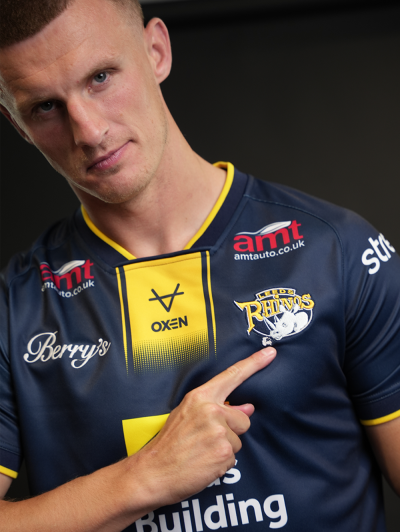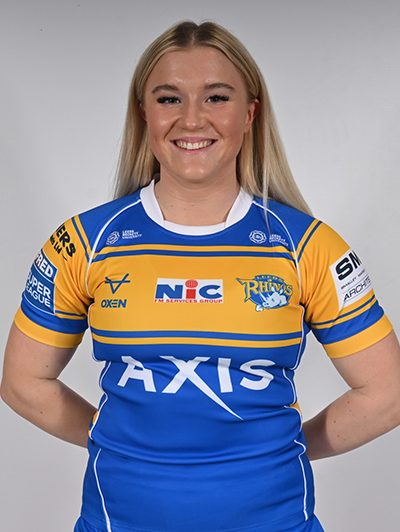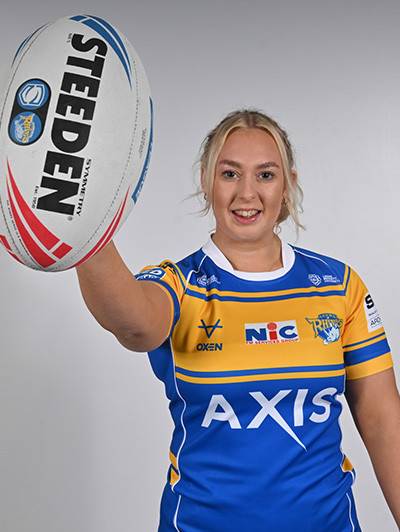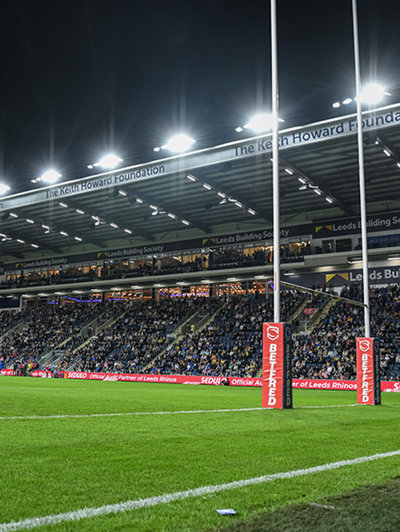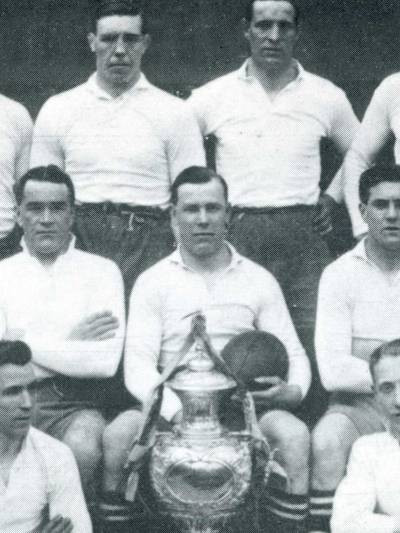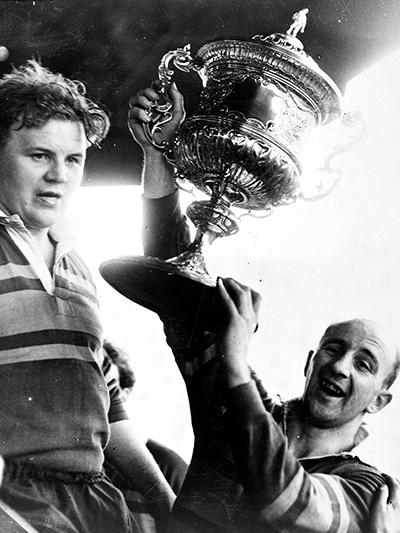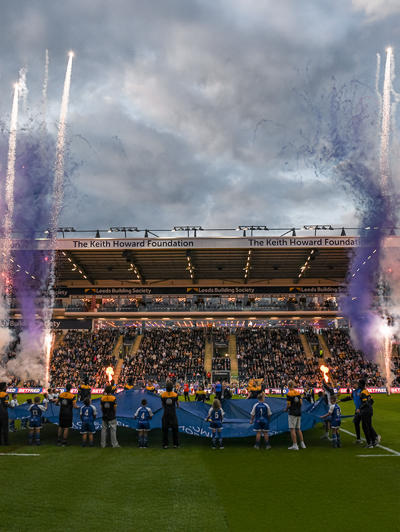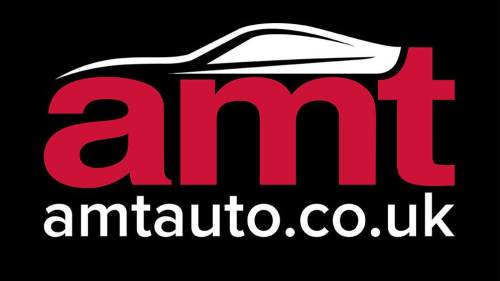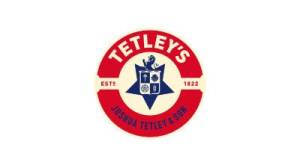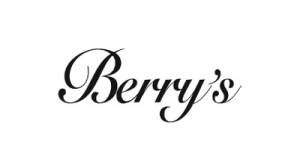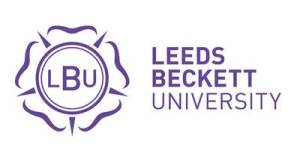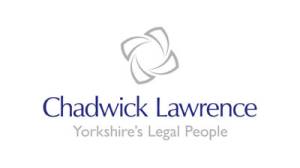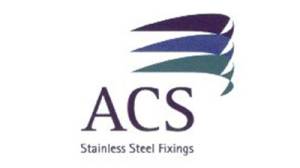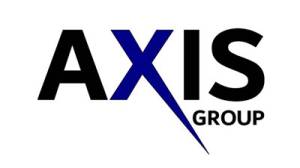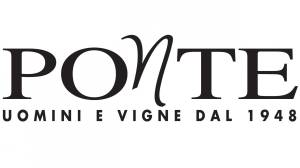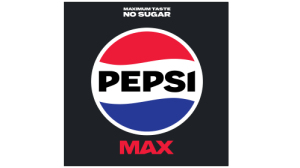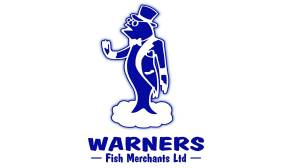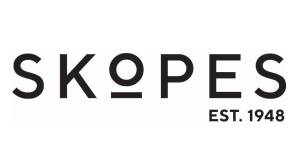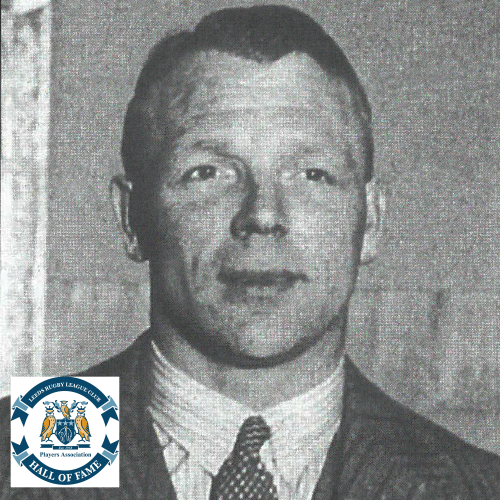
Legend:
Jim Brough
- Position: Full Back
- Heritage number: 469
- DOB: 1903-11-05
- Honours: Great Britain, England
Debut: vs York (H) 2nd September 1925
Leeds Appearances: 442
Leeds Tries: 34
Leeds Goals: 82
Leeds Points: 266
Leeds Honours: Championship (Finalist 1929, 1931), Challenge Cup (Winner:1932, 1936, 1942) Yorkshire League (1927, 1930, 1933, 1934, 1936), Yorkshire Challenge Cup (1928, 1930, 1932, 1934, 1935)
Inducted into Leeds Rugby Hall of Fame in 2021.
Born at Silloth on 5th November 1903, and not quite twenty when he was recruited from the local R.U. Club to represent Cumberland, Jim held his place on merit throughout the nine-match championship programme, growing in confidence all the while and making himself the toast of the county with a match-winning drop-goal from all of fifty yards in a nerve-racking Semi-Final against Leicestershire. And what rejoicing there was at Carlisle, when Kent were humbled in the Final by 14 points to 3.
County Champions! And that in his first full season with Silloth! If 1923-24 had seemed almost too good to be true, imagine his pinch-yourself-to-make sure bewilderment in 1924-25 (seven more games with Cumberland) and then, glory be, there he was at Twickenham, wearing the England jersey against the All Blacks in the game made infamous by the dismissal of New Zealand's Cyril Brownlie, and a fortnight later he was back again, to be introduced to H.R.H. The Prince of Wales, prior to the encounter with a Welsh XV that included Evan Williams, who was himself to grace the Headingley scene over a period of fourteen years.
Silloth to Twickenham! And still only 21! By this time one of the most sought after players in the game, his omission in favour of T. Holliday of Aspatria for the three remaining internationals served only to fuel speculation as to his future, with countless rumours of flattering offers. Even so, he insisted that he had not the slightest intention of turning professional, and actually signed amateur forms for Liverpool A.F.C., as a trialist goalkeeper or full-back, thereby slamming the door good and hard, it appeared, on any further approaches from the Rugby League. Not, however, on the persuasive Leeds deputation which visited Silloth on 29th June 1925, and so began a long and fruitful association, the fee being £600.
As Jim recalled with some glee, introductions to the new code were brief and literally down to earth, for in only his second game at Headingley he had already scored one try and was well on his way to another, when Duggie Clark, Fartown's renowned Cumbrian wrestler, half-buried him in the turf, saying 'That's for not coming to Huddersfield!' A sentiment no doubt shared by many clubs over the years!
Selected for both Cumberland and England within months of his arrival at Headingley, he rapidly developed into a master craftsman of enterprise and resource, with constant regard to personal fitness and match-by-match performance. Indeed, in an era of outstandingly good full-backs he was more than a match for the very best, even including the mighty Jim Sullivan, who invariably had to play second fiddle in those Leeds v Wigan classics of the nostalgically Golden Thirties.
Nor was Martin Ryan, as some would have us believe, a post-war innovator of attacking full-back play. Jim Brough, for one, was always alert to possibilities of opening up play for his threequarters, and I can picture him now, going through his inimitable fishing-boat-hop routine in midfield, before sidestepping away at speed, to leave a clutch of irate forwards trailing. As for teams that let him get into his stride, they did so at their peril, for on his day he was quite capable of running amok and scoring on his own account, as Huddersfield found to their cost on more than one occasion.
No less positive in defence than he was on attack, he was a fine fielder of the ball and a masterly exponent of tactical kicking, whether it be the deep, well-directed punt, to trap his opposite number in no-man's-land, or one of those raking, left-foot, torpedo-spinning touchfinders of prodigious length that were seemingly computer-controlled. Of chinks in his defensive armour there were apparently none, for even in the most desperate of situations he would strive to steal the initiative from the man in possession or, on rare occasions, he would turn momentarily and run ahead of the opponent. Positional sense, cool nerve, technique; all were in evidence at Headingley in September 1933 when Stan Brogden, the Fartown flier, sprinted clear and veered towards the touchline on full throttle, with a try a racing certainty, yet only to be brought down clean as a whistle.
Rich was Jim's talent, rich the honours he attained at Club level: six Yorkshire League Championships; five Yorkshire Challenge Cup triumphs, in 1928, 1930, 1932, 1934 and 1935; and never a taste of defeat in a R.L. Cup Final, for he was a member of Joe Thompson's team at Central Park in 1932, a proud captain at Wembley in 1936, and no less proud as a 38-year-old after the 1942 Final against Halifax at Odsal.
At Test level, however, his opportunities were severely limited by the selectors' understandable preference for the solid reliability and goal-kicking prowess of his friend and rival, Jim Sullivan. Nevertheless, he toured Australia twice as a player, featuring at centre in four Tests in 1928, and once at full-back in 1936, for which highly successful Tour he had been appointed captain, following Sullivan's withdrawal owing to his wife's illness.
Much as he appreciated the honour of leading England on a number of occasions, it was memories of his captaincy of Cumberland that claimed pride of place, with a hat-trick of Championships between 1932-35, and a thrilling victory over the 1933 Australians to savour for the rest of his life.
Fortunate indeed is the Club with extremely capable reserves waiting in the wings. When Jim was laid low midway through 1929-30 with a chronic bout of rheumatic fever, George Goldie and centre Mel Rosser deputised with considerable credit. Then, six years later, with the Loiners on the Wembley trail, Charlie Eaton stepped into the breach like a seasoned veteran, and that in only his second season, to share in the glory of both a bruising 3rd Round win at The Boulevard and a battle royal against Huddersfield in the Semi-Final.
Immediately following a 3rd Round defeat at Barrow in 1938, the incomparable Brough virtually retired in order to take up a business appointment in South Africa with Waddington Playing Cards; but local-born Jack Kelly had no more than a season in which to challenge Eaton for the No 1 spot, before Adolf let loose the dogs of war, and the Master was back, to make just twelve more appearances in the Emergency Competitions.
Coach at Headingley in 1948-49, at a somewhat difficult period, and some time later at Whitehaven, Jim's tracksuit highlights came in 1958: first, as Manager of Workington Town, the beaten Finalists in both the R.L. Challenge Cup and the Championship; and then, as the first coach ever appointed for a tour Down Under. And what a memorable Tour it proved to be, with the Ashes retained, over a thousand points scored, and only two defeats in thirty matches.
It was in Workington that Jim died on 16th September 1986 in his 83rd year.
